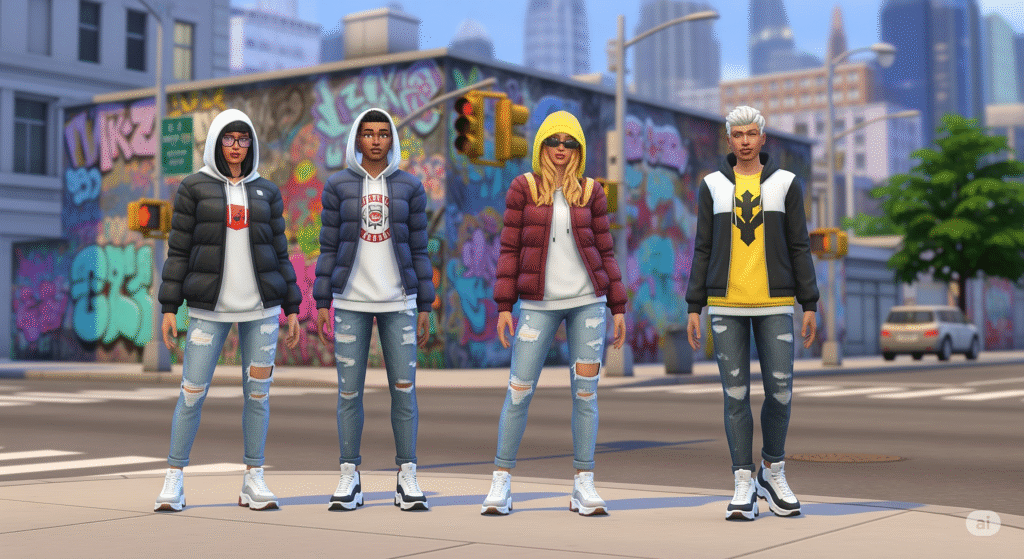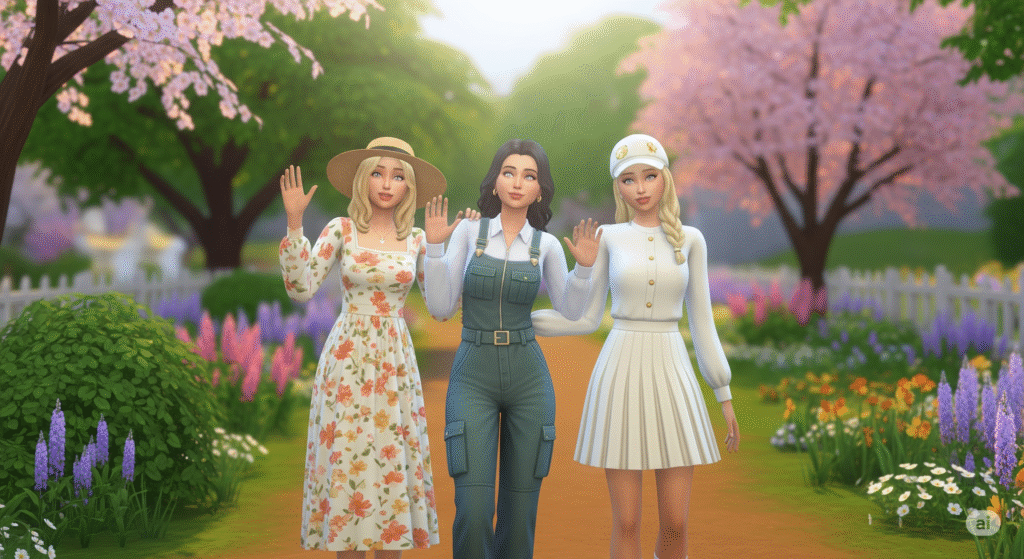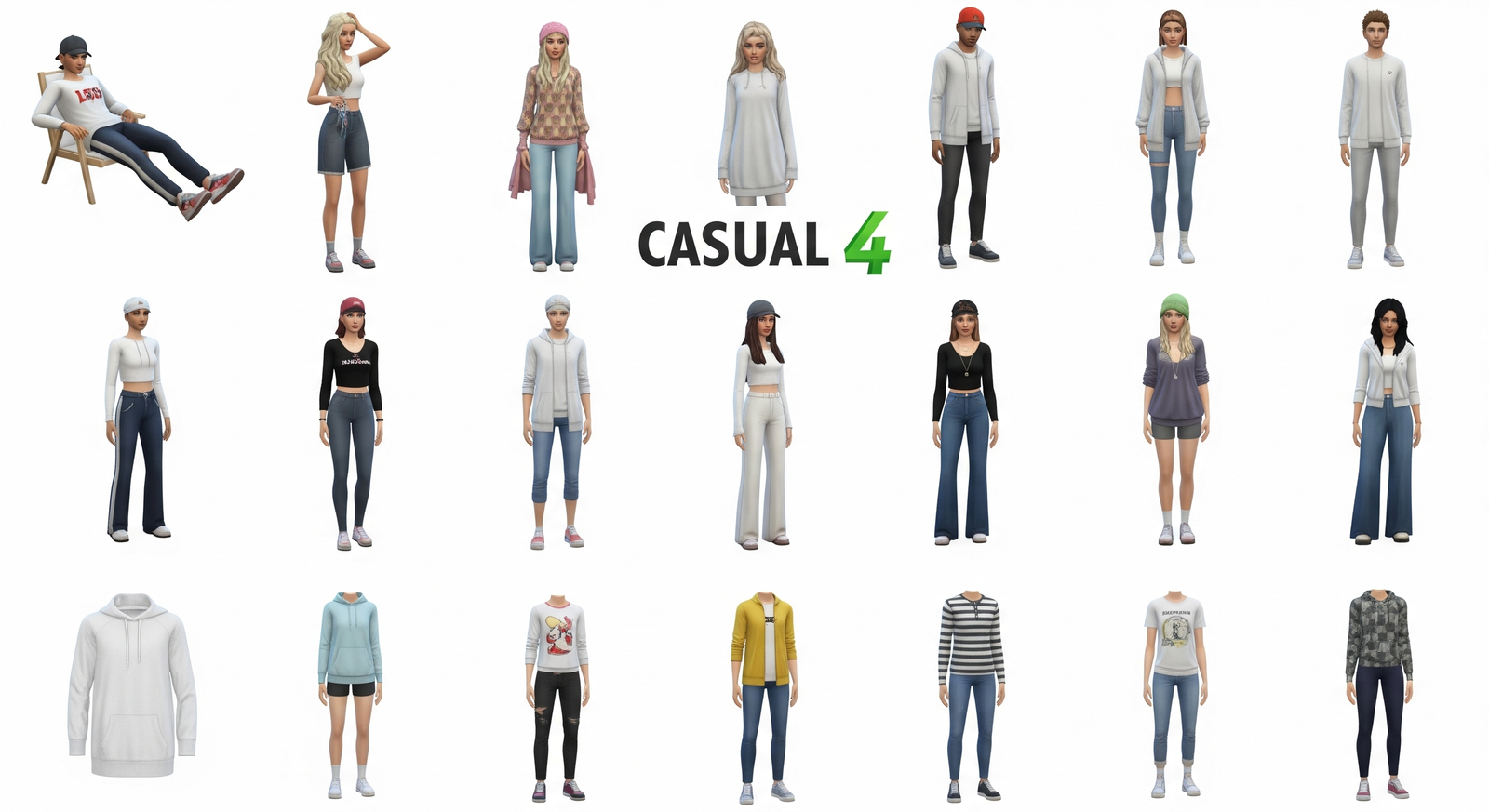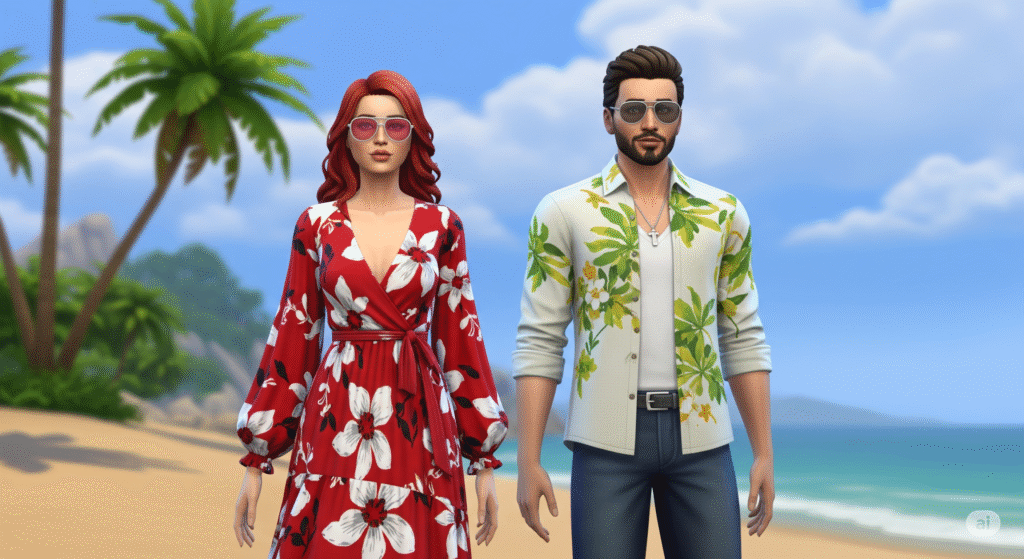50 Body Reference Poses to Practice Anatomy and Proportions
If you want to get better at drawing people, one of the best ways to improve is by studying body reference poses. Whether you’re into animation, comics, realism, or character design, practicing a variety of poses will help you understand the body’s mechanics, proportions, and flow.
This list of 50 body reference poses is designed to help you build your visual library and become more confident with anatomy. We’ve grouped them by purpose—so you can focus on gesture, structure, dynamics, or subtle posture. Each category improves a specific skill set.
Let’s dive in.
Neutral & Standing Poses
Start simple. These poses are great for mastering proportions and balance.
- T-Pose – Arms out, palms down. Perfect for studying symmetry and base proportions.
- Relaxed Standing (Front View) – Arms at sides, natural posture. Observe how weight is distributed evenly.
- Standing with One Hand on Hip – Slight hip shift creates asymmetry and realism.
- Contrapposto – One leg holds the weight, opposite shoulder drops. Essential for fluid, lifelike figures.
- Arms Crossed – Adds compression across the chest and shoulder movement.
- Back View, Arms Relaxed – Study the spinal line, scapulae, and leg alignment.
- Standing with Arms Behind Back – Opens the chest, pulls back the shoulders.
- Looking Over Shoulder – Adds torso twist and neck movement.
- Standing, One Foot in Front of the Other – Creates a sense of readiness or motion.
- Reaching Up – Excellent for stretching anatomy and elongation.
Seated Poses
Seated poses challenge your understanding of perspective and weight compression.
- Sitting on Stool, Upright – Ideal for core alignment and hip-to-knee ratio.
- Slouching in a Chair – Great for studying relaxed body language.
- Sitting Cross-Legged (Floor) – Complex knee and ankle placement.
- Sitting, Legs to One Side – Casual and asymmetrical, good for gesture practice.
- Leaning Forward, Elbows on Knees – Torso compression and round shoulders.
- Sitting, Arms Wrapped Around Legs – Compact pose with many overlapping parts.
- Reclined in a Chair – Relaxed and great for studying how weight shifts.
- Sitting with One Leg Raised on Chair – Dynamic but grounded.
- Backwards on a Chair – Arms draped over the backrest, open torso.
- Sitting at Desk, Looking Down – Great for narrative sketching and subtle tilt.
Action & Dynamic Poses
These poses bring energy and test your understanding of balance and motion.
- Running Mid-Stride – One arm forward, one leg bent; captures energy.
- Jumping with Arms Spread – Arms and legs extended, body in midair.
- Leaping Forward – Arched back, arms trailing behind.
- Throwing a Punch – Torso twist and arm extension.
- Swinging a Sword/Bat – Great for studying rotation and weight transfer.
- Kicking Sideways – Focus on balance and dynamic leg positioning.
- Dodging/Leaning Back – Torso curve and expressive movement.
- Mid-Tumble/Fall – Use slow-mo frames or 3D models for reference.
- Climbing Over a Wall – Full-body action, pushing and pulling.
- Landing from a Jump (One Knee Down) – Dramatic superhero-style landing.
- Pulling a Bow – Tension in the arms, back, and core.
- Reaching for a Ledge – Fingers extended, feet dangling.
- Running Start Pose (Sprinter) – Crouched with energy ready to burst.
- Twisting Torso (Dance Spin) – Study of flow and overlapping lines.
- Vaulting or Parkour Motion – Legs tucked, arms pushing off the surface.
Interaction Poses
These poses feature body-to-body or body-to-object relationships—key for storytelling.
- Hugging Another Person – Arm and head placement, torso compression.
- Helping Someone Stand – Good for understanding tension and support.
- Carrying Someone (Fireman’s Carry) – Complex, heavy lift dynamics.
- Holding Hands While Walking – Natural, emotionally resonant.
- Sitting on Someone’s Lap – Weight distribution and body layering.
- Pushing Against a Wall – Forearms, legs, and back under strain.
- Leaning on a Shoulder – Passive weight and gesture subtleties.
Crouching, Kneeling & Transitional Poses
These in-between gestures build your awareness of tension and flow.
- Crouching Low – Compact body shape, great for foreshortening.
- Kneeling Upright – Symmetrical and prayer-like.
- Kneeling on One Knee – Heroic or introspective moment.
- Getting Up from Ground – Shows movement, support from arms.
- Squatting, Arms Forward – Excellent for weight balance and body curve.
Reclining & Resting Poses
Use these for foreshortening and studying how the body reacts to gravity.
- Lying on Back, Arms Spread – Shoulder flattening and chest position.
- Lying on Side, One Leg Crossed – Torso twist and hip stack.
- Face-Down with Arms Tucked – Sleep pose; useful for spine curve and rest.
Tips to Practice with These Poses
To make the most of this list:
1. Start with Gesture Drawing
Do 1–2 minute studies of each pose. Focus on the rhythm and weight rather than details.
2. Use Shape Language
Break bodies into cylinders, spheres, and boxes. Simplifying helps master complex forms.
3. Draw from Multiple Angles
Take one pose and try rotating it in your mind or using a 3D tool like Magic Poser.
4. Combine with Emotion
Add facial expressions or props to give each pose more character and storytelling power.
5. Track Your Progress
Save your old sketches. You’ll be amazed at your growth even after 10 or 20 sessions.
Where to Get References
- Line of Action: Great for randomized timed figure practice.
- Posemaniacs: Offers 3D anatomy poses for every level.
- Pinterest / ArtStation: Search “dynamic figure reference” or “anime body pose.”
- Magic Poser / DesignDoll: Pose digital mannequins in real-time.
- Photo Booth: Take reference photos of yourself or friends.
Final Thoughts
Drawing from reference isn’t cheating—it’s learning. These 50 poses will challenge your observational skills, improve your anatomy sense, and give your characters life and motion. Whether you’re sketching quick gestures or doing full renderings, returning to the basics of the human body is a timeless way to sharpen your craft.
Remember: Every pose is a story in still form. Master that, and you’re one step closer to making unforgettable art.





